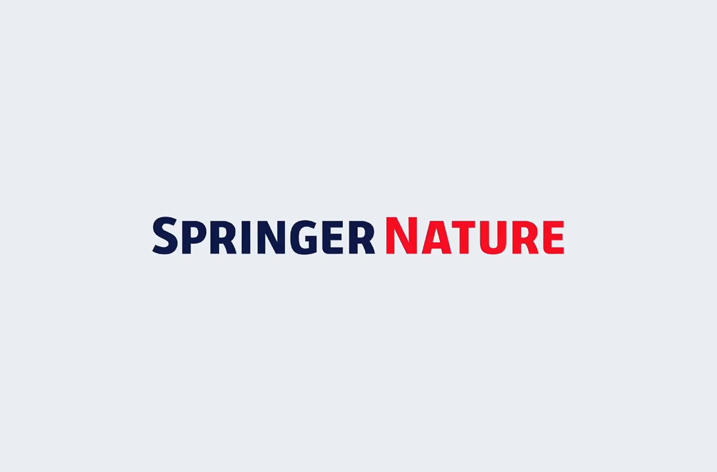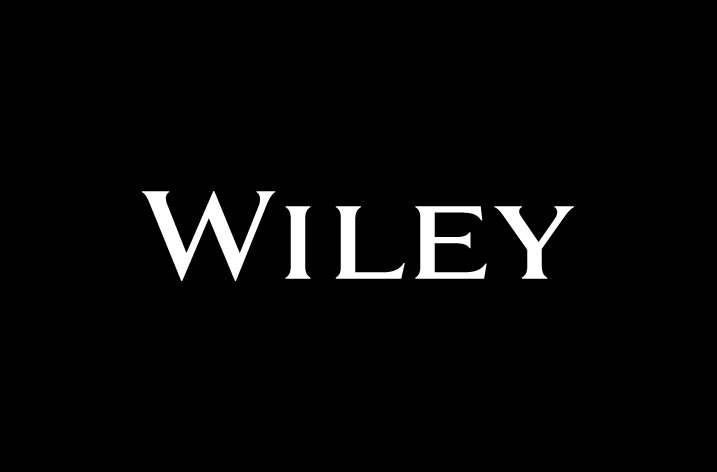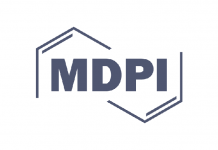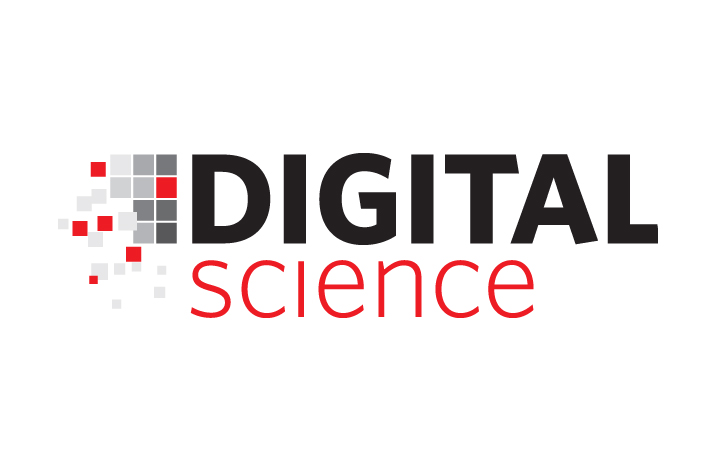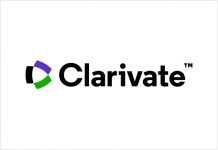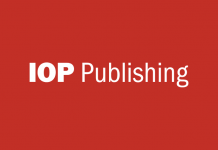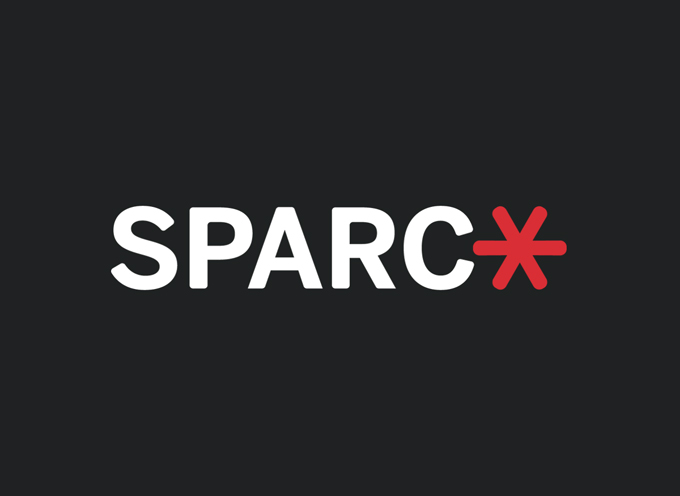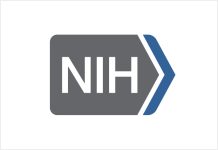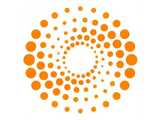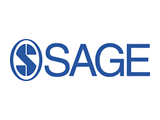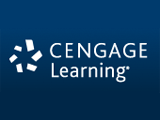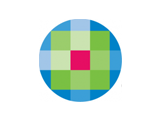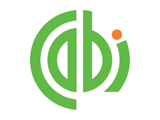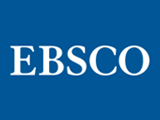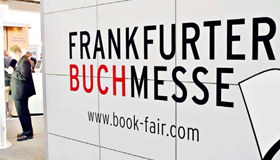Elsevier, a world-leading provider of scientific, technical, and medical information products and services, is pleased to join with ORCID to today announce the official launch of the ORCID Registry. Elsevier, a founding sponsor and launch partner of ORCID, expects to integrate ORCID with many of its products and services.
ORCID, the Open Researcher and Contributor ID, seeks to remedy the systemic name ambiguity problems seen in scholarly research by assigning unique identifiers linkable to an individual’s research output. ORCID will facilitate an open and transparent linking mechanism between ORCID, other ID schemes, and research objects such as publications, grants and patents.
At launch, researchers and scholars will be able to register for an ORCID identifier, create ORCID records, and manage privacy settings. They will also be able to link to and synchronize their ORCID identifier record data with external systems including Scopus, the world’s largest abstract and citation database of peer-reviewed literature. Researchers will be able to link to their Scopus Author Profiles from their ORCID records, saving them time when setting up their ORCID profile and allowing Scopus to automatically keep their ORCID bibliography up to date. Next year, Scopus will incorporate ORCID data into the Scopus author profiling process to increase the accuracy of the Scopus profiles and automatically propagate work that researchers do to clean up their ORCID profiles.
“We hope to integrate ORCID with many of our products and services over time, increasing interoperability with other services and saving time for our authors, reviewers, editors and customers,” says Chris Shillum, Vice President of Product Management, Platform and Content at Elsevier and ORCID board member. “The launch of ORCID is the culmination of years of hard work and we are proud to be a founding member of this community-wide initiative.”
In addition to the Scopus tool, ORCID data will be added to the SciVal suite of products, to further enhance the accuracy of researcher profiles, and enable increased interoperability with customers’ own data. Elsevier’s Publishing group also plans to integrate ORCIDs into the manuscript submission process; this will save authors time when going through the submission process, and enable automatic updating of author bibliographies when articles are published.


